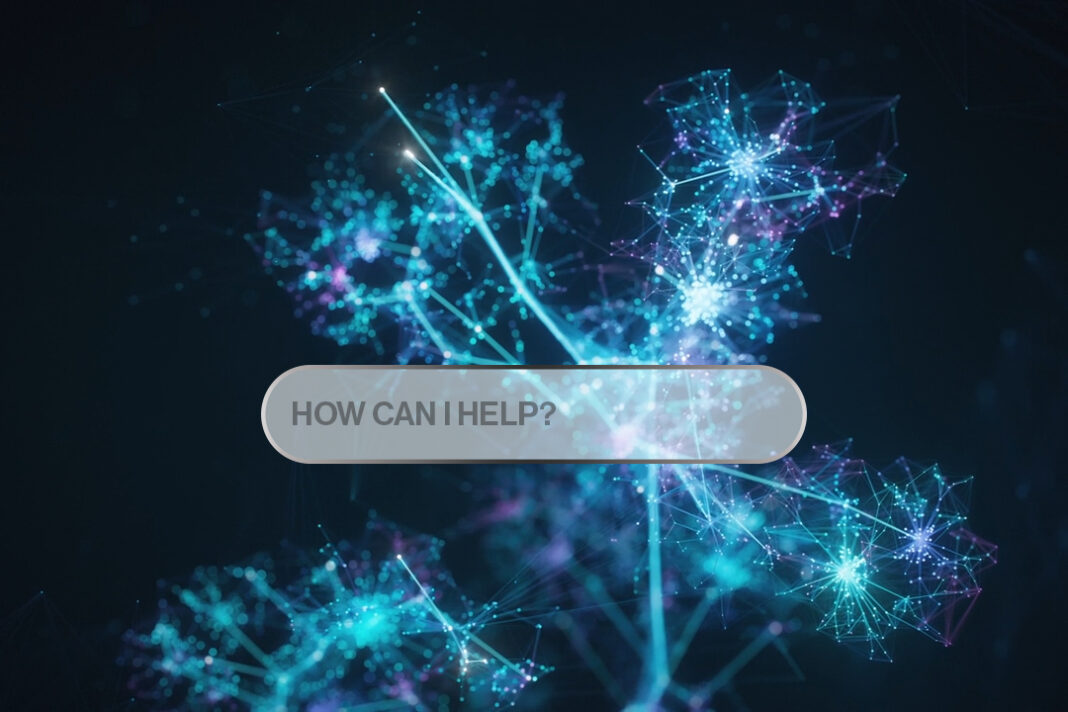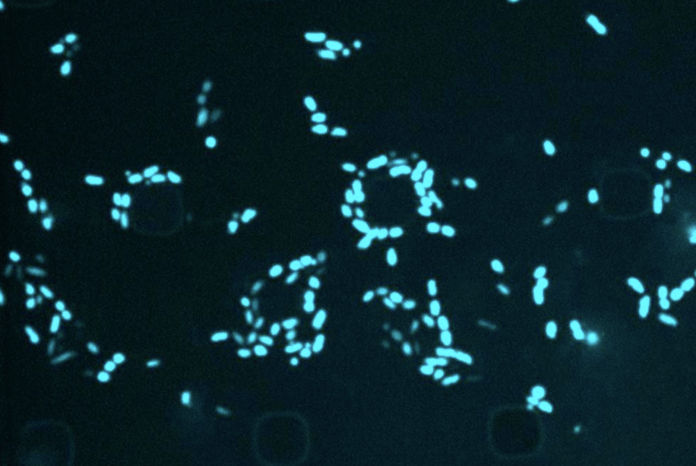In Short:
Researchers from MIT have developed a new method using machine learning to improve the red-teaming process for AI chatbots. Red-teaming involves testing chatbots for toxic responses red-team model is trained to generate diverse prompts that elicit toxic responses from the chatbot being tested. This method outperformed human testers and other automated techniques by generating more distinct prompts that drew out toxic responses. It offers a faster and more effective way to ensure the safety of large language models.
Improving Language Model Safety
A user could ask ChatGPT to write a computer program or summarize an article, and the AI chatbot could generate useful code or a cogent synopsis. However, there is also a risk that someone could request instructions to build a bomb, and the chatbot might provide that information.
Safeguarding Language Models
To address safety concerns, companies that develop large language models use a process called red-teaming. This involves teams of human testers creating prompts that could trigger unsafe or toxic responses from the language model. By teaching the chatbot to avoid these types of responses, the aim is to enhance its safety.
The Challenge of Toxic Prompts
One issue with the red-teaming approach is that it relies on human testers to identify all potentially toxic prompts. Given the vast number of possibilities, some prompts may be missed. This can result in a seemingly safe chatbot still producing unsafe responses.
Machine Learning Innovation
Researchers from Improbable AI Lab at MIT and MIT-IBM Watson AI Lab have leveraged machine learning to enhance the red-teaming process. Their technique involves training a red-team model to automatically generate diverse prompts that trigger a broader range of undesirable responses from the chatbot.
Curating Curious Prompts
The key to their approach is teaching the red-team model to be curious when crafting prompts and to focus on novel ones that elicit toxic responses from the target model. This method outperformed both human testers and other machine-learning strategies by generating more varied prompts that led to increasingly toxic answers.
Research Significance
The research, led by Zhang-Wei Hong and his team, will be presented at the International Conference on Learning Representations. The automated red-teaming process offers a faster and more effective way to verify the safety of large language models, which is crucial in rapidly evolving environments.
Rewards and Challenges
The red-team model’s reward system, driven by curiosity, helps generate diverse prompts while ensuring that responses remain toxic. By incentivizing the model to explore new possibilities, the researchers have significantly improved the overall effectiveness of the red-teaming process.





